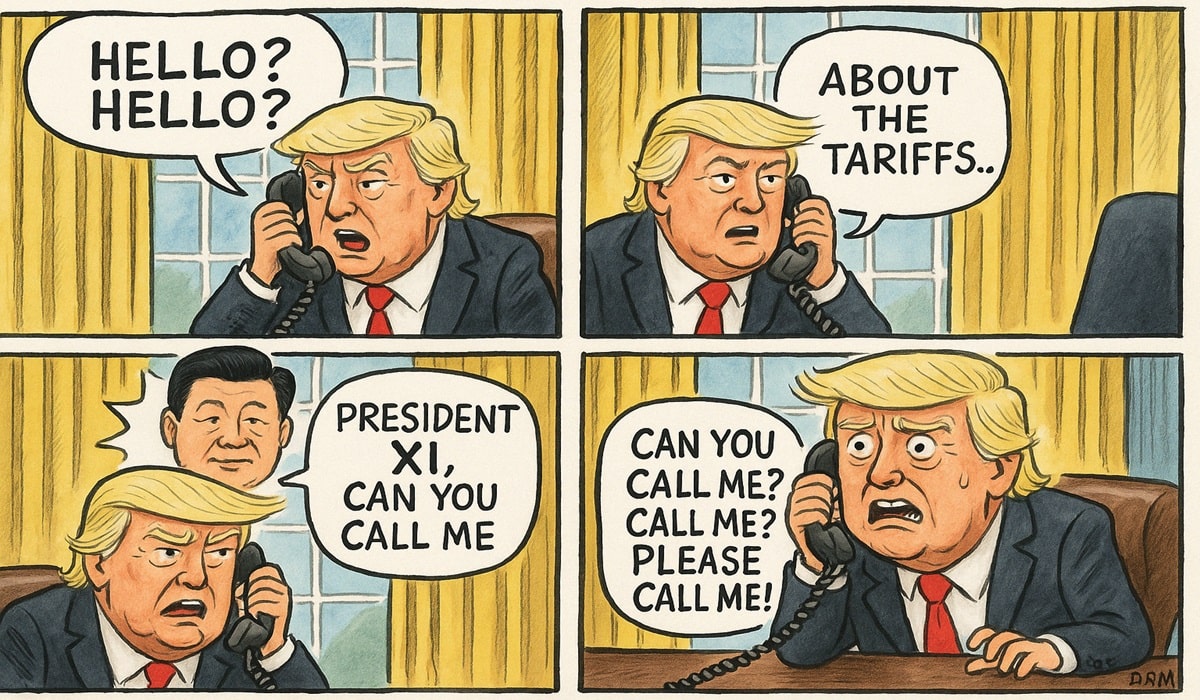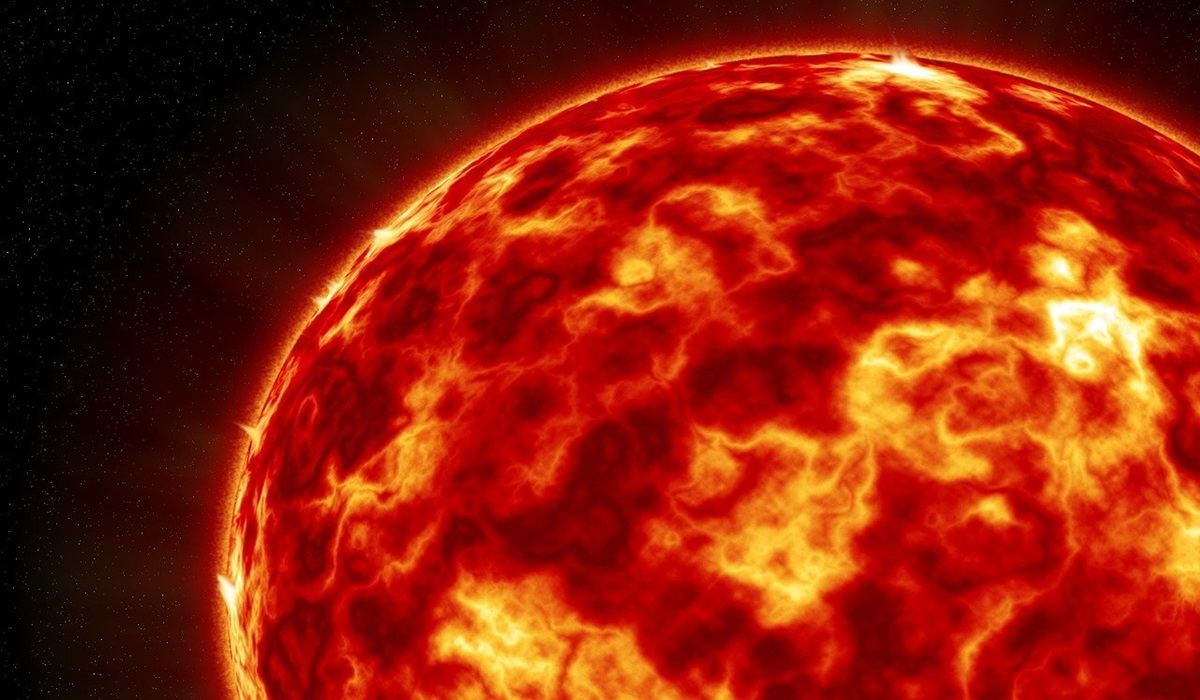Is Green Energy Really Green? A Look at the Supply Chain
- Casey Cartwright
- Business
- D.O.C Supplements - Trending News
- April 21, 2025

Green energy is often heralded as the solution to our planet’s growing environmental crisis. Solar panels, wind turbines, and electric vehicles (EVs) all project an appealing image of sustainability that encourages cleaner air and a step away from fossil fuels. However, the question remains, is green energy really green? A look at the supply chain reveals the environmental costs hidden within the renewable energy production process, challenging the idea that these technologies are 100 percent sustainable.
The promise of green energy hinges on cleaner alternatives to fossil fuels. However, the processes required to manufacture many renewable energy technologies aren’t always clean. Take lithium-ion batteries, for instance. These batteries power electric cars, which are touted as a greener alternative to traditional vehicles. But the so-called “white gold rush” has raised human rights and environmental concerns about lithium mining.
Mining lithium requires vast amounts of water, often in arid regions, leading to water shortages for local communities. Additionally, reports of unsafe working conditions and minimal pay in mining regions raise serious ethical questions about the human cost of green energy.
It’s not just lithium that’s under scrutiny. The rare earth elements required for wind turbines and solar panels are also a cause for concern. Extracting these materials involves energy-intensive mining practices that produce significant greenhouse gas emissions and hazardous waste.
This waste often ends up contributing to environmental degradation. Furthermore, these extraction processes frequently occur in countries with weak regulatory frameworks, where the pursuit of profits outpaces environmental stewardship or labor rights.
Solar panels and wind turbine blades also have finite lifespans and are notoriously difficult to recycle. This creates a secondary challenge where the end-of-life management of green technologies becomes an environmental hazard of its own. The phrase “circular economy” has been offered as the ideal way forward, but to date, large-scale recycling or repurposing of these components remains a logistical and technological challenge.
The industry also must deal with the critical issue of hazardous materials. Renewable energy innovation requires managing substances like acidic electrolytes and the industrial solvents common in battery production. It’s worth considering how hazmat storage impacts the renewable energy industry. Improper storage or disposal of hazardous materials can lead to serious environmental accidents, compromising the very goals these green energy projects aim to achieve.
What Can We Do?
On the surface, adopting green energy technologies could reshape the energy sector for the better. But the supply chain reveals a much more nuanced reality. Greener doesn’t always mean cleaner, and sustainability doesn’t guarantee ethics.
For these technologies to truly stand as a sustainable alternative, industry leaders and policymakers must address the hidden environmental and social costs embedded within the supply chain. Enhanced oversight and greater investments in low-impact mining technologies, recycling systems, and ethical supply chain practices will be essential steps forward.
Is green energy really green? A look at the supply chain suggests a need for a more integrated and ethical approach. Green energy holds promise, but its success relies on the entire lifecycle of its technologies. From raw material extraction to end-of-life disposal, every link in the chain needs scrutiny. Without these measures, green energy risks becoming just another layer of exploitation under a more appealing name.








